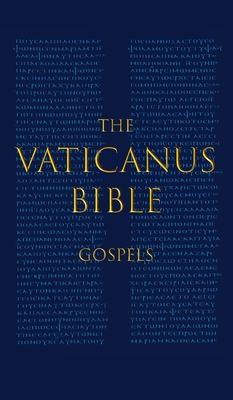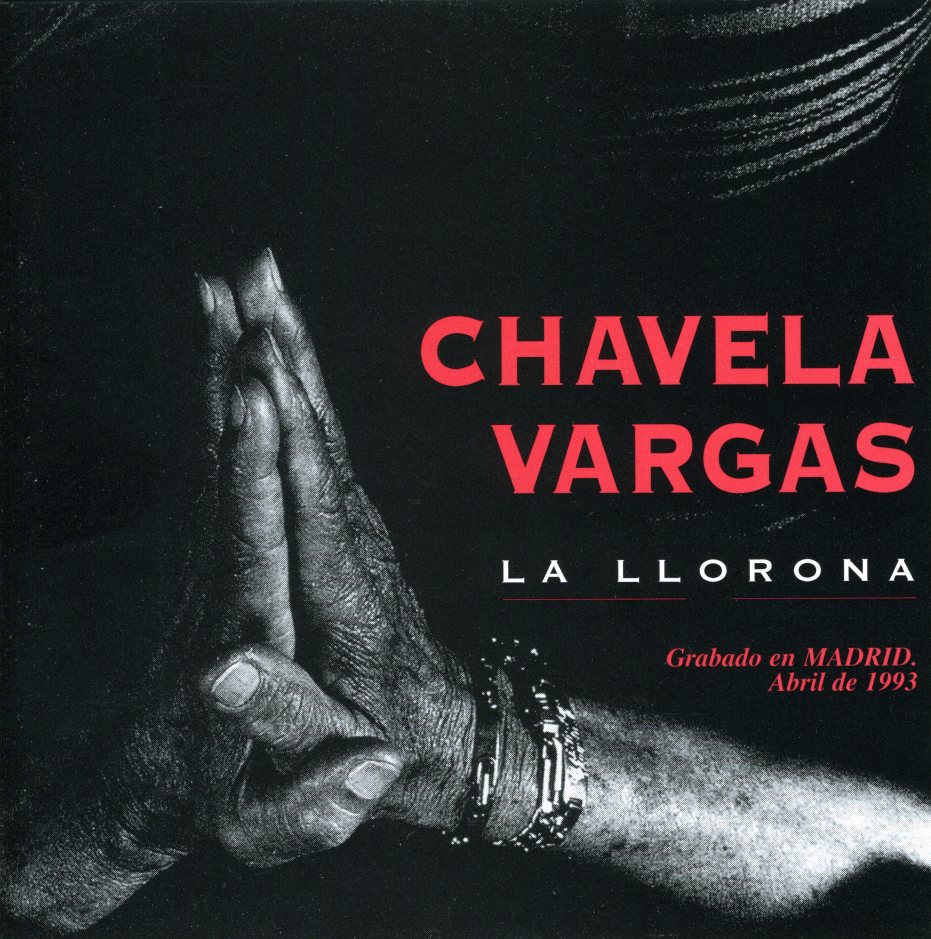
Vercellone, Carlo
As a language teacher, I purpose to do whatever I can to bring my students face to face with the ancient world, its language, and its texts. At the same time, dealing with ancient primary sources can sometimes have a steep--and intimidating--learning curve.
This is especially the case when it comes to reading ancient manuscripts. Navigating hundreds of pages without chapter or verse numbers, without spaces between words, written in an unfamiliar script, and peppered with unexpected spelling variants can be a real challenge for a beginner. Even for seasoned scholars, reading ancient manuscripts is often restricted to a purely academic setting. The idea that someone would carry around a facsimile of an ancient manuscript as their personal Bible is as unthinkable as it is impractical--such facsimiles are often as heavy as they are expensive.
I eventually came up with the idea that a facsimile of an ancient manuscript of the Greek New Testament should be made into an affordable handheld book with chapter and verse numbers in the margin to facilitate reading. The Vaticanus Bible: Gospels is thus the first volume in what will hopefully become a series of such (pseudo-)facsimile Bibles, τοῦ θεοῦ θέλοντος.
Such a volume could not have been produced without the help of a number of people and institutions. I would like, first of all, to thank the Center for the Study of New Testament Manuscripts (www.csntm.org) for generously supplying me with their images of the 1868 pseudo-facsimile of Codex Vaticanus (Vat. gr. 1209). I would also like to thank Kathryn McKee and St. John's College at the University of Cambridge for allowing me to make images of their copy of the 1868 pseudo-facsimile, which also aided me in the production of the present volume. Finally, I would like to thank Tyndale House Library in Cambridge for allowing me to consult their actual facsimile of Codex Vaticanus to help me best replicate the measurements of the original in the present volume as much as possible.
One who is familiar with Codex Vaticanus will find that the present volume exhibits three primary modifications and/or differences from the original:
First, the original codex contains three columns per page. In The Vaticanus Bible, each original page has been split into three so that only one column appears per page. Second, chapter and verse numbers have been added in the outer margin of each page; they do not intervene in the text. Third, and finally, the present volume is based on a pseudo-facsimile rather than an actual facsimile. Though some readers may be discouraged to find out that they are not dealing with photographs of the original, a comparison will quickly reveal that the resemblance of the pseudo-facsimile to the original is remarkably close. In fact, the pseudofacsimile is even more authentic than Codex Vaticanus with respect to the absence of accents/diacritics, which were added by a later hand and not in the original fourth-century manuscript.
At the time of publication, recordings of this text in a historical Koine pronunciation are being made available at KoineGreek.com/ntaudio. Readers can thus round out their experience of reading the text as it would have been written in ancient times by hearing the text as it would have sounded in ancient times."
- Benjamin Paul Kantor, Ph.D.
Cambridge, January 2020







